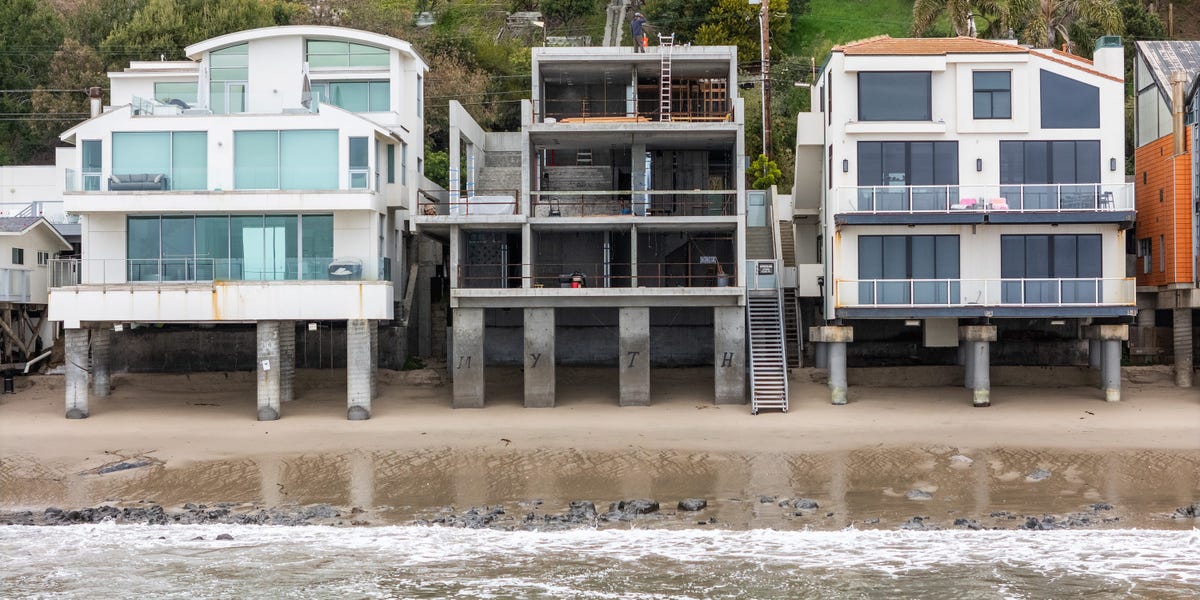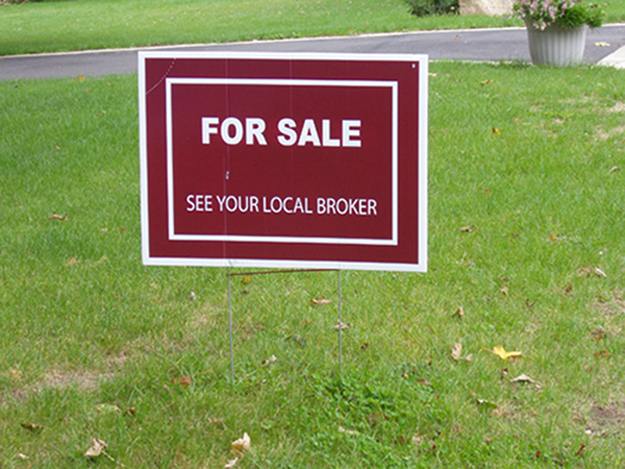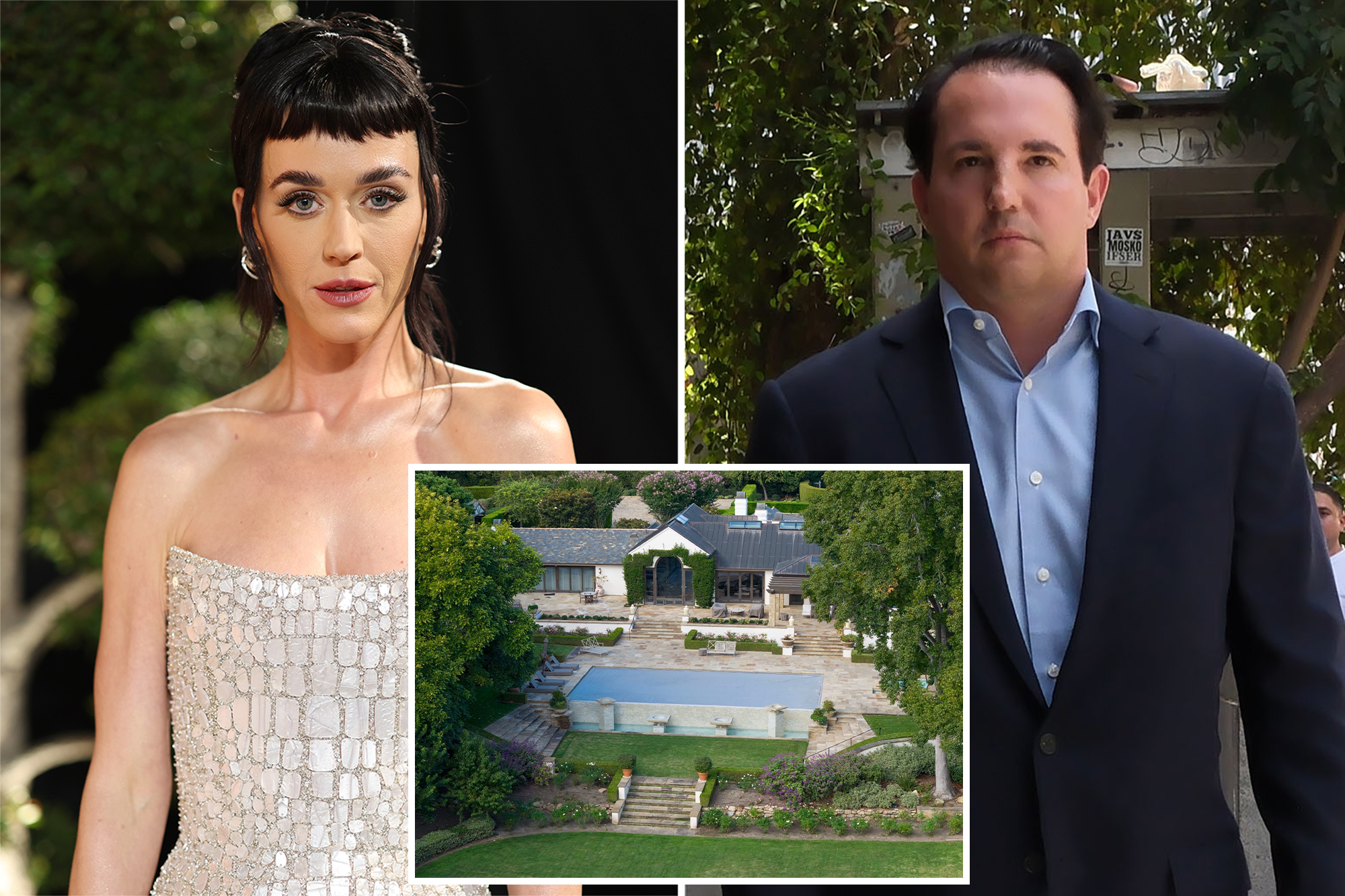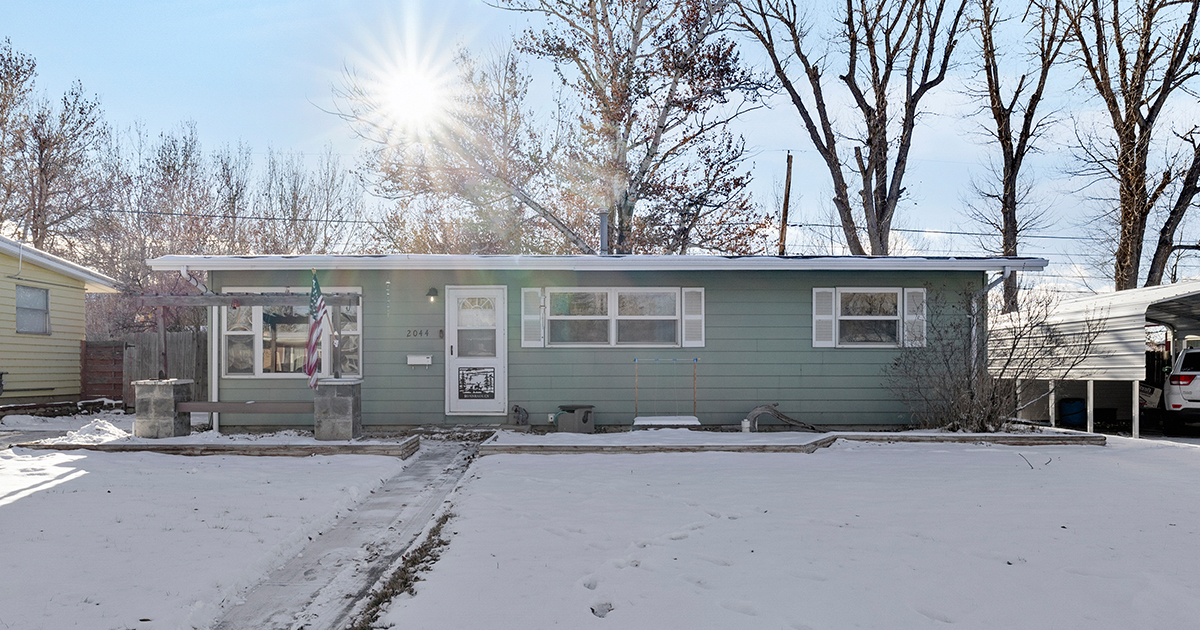T
he notion that substantial capital is required to invest in real estate has deterred many potential investors from taking their first step. However, Ken McElroy's remarkable journey of building a $2 billion empire from scratch proves this couldn't be further from the truth.
Ken's humble beginnings and initial venture as a property manager seeking free rent to pay his way through college demonstrate that you don't need money to start – you need education, market knowledge, and the ability to identify opportunities. The Four-Step Blueprint to Building a Real Estate Empire involves:
1. Education First: Understand what makes a good deal before spending a dime.
2. Market Research: Identify promising markets where your chosen strategy performs well.
3. Find the Property: Look for properties that match your criteria after completing steps 1 and 2.
4. Structure the Deal: Create a compelling case to attract investors and lenders.
What struck me most was Ken's emphasis on not needing your own money at any point in the first three steps, flipping traditional thinking about real estate investing on its head.
Ken's biggest obstacle wasn't financial but mental – coming from a background of scarcity. He rewire his brain to think differently about money and opportunity using the "Be-Do-Have" framework, focusing first on who he needed to be (a good investor, father, husband), which naturally guided what he needed to do.
When evaluating properties, Ken takes a counterintuitive approach by looking for high delinquency rates, targeting properties with high turnover, and seeking out rent disparities. These problems signal mismanagement that can be fixed, creating immediate value.
Prioritizing cash flow over capital gains is crucial. Ken shifted from focusing on buying low and selling high to prioritizing passive income covering his expenses, gaining the freedom to be selective about deals.
For beginners with limited resources, Ken suggested strategies like wholesaling, Airbnb arbitrage, and land development prep, which require minimal capital but leverage time and knowledge to create value for others.
The journey to building a real estate empire isn't quick or easy, but it's accessible to anyone willing to learn and take action. By focusing on education, cash flow, and leveraging other people's money wisely, you can build sustainable wealth that provides true financial freedom.
Frequently Asked Questions:
Q: How much money do I need to get started?
A: You don't need your own money; the first steps involve education and market research, which cost nothing but time. When finding a promising property, structure deals using other people's money through partnerships or traditional financing.
Q: What's the biggest mistake new real estate investors make?
A: Focusing too heavily on capital gains rather than cash flow creates a cycle of dependency on timing the market perfectly.
Q: How do I find investors willing to fund my deals?
A: Attend real estate conferences and networking events, present clear numbers showing potential returns, risks, and your strategy for managing the property.
Q: Is multifamily housing better for beginners?
A: Multifamily properties offer distinct advantages, particularly the ability to quickly address cash flow issues.
Q: How long does it take to build a substantial real estate portfolio?
A: Building wealth through real estate is a marathon; Ken took approximately 15 years to reach 10,000 units. The key is consistent progress – acquiring properties that generate positive cash flow and gradually increasing your portfolio size and quality over time.















